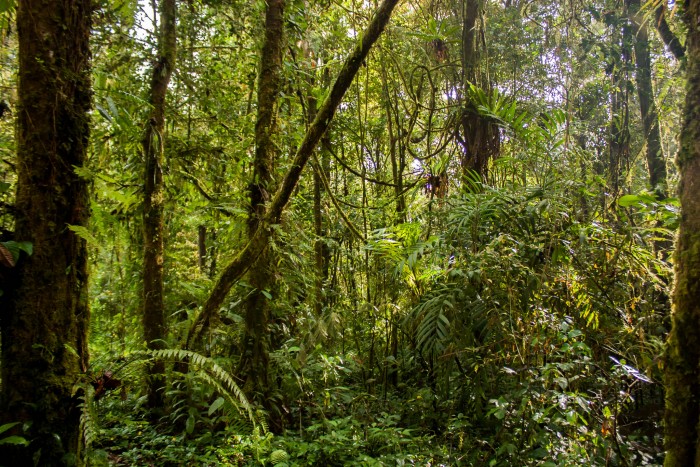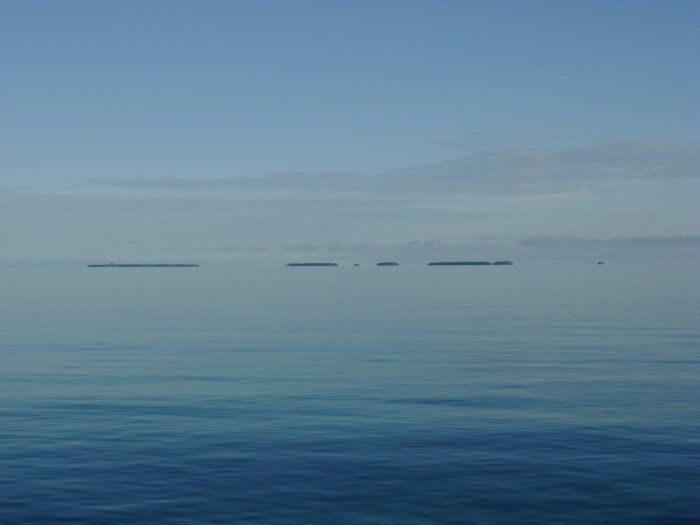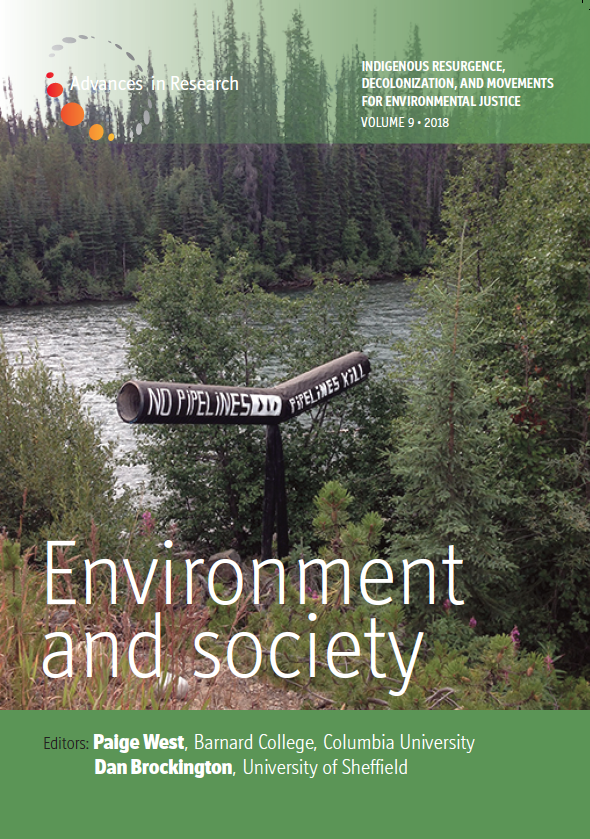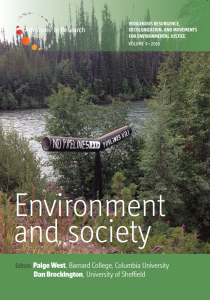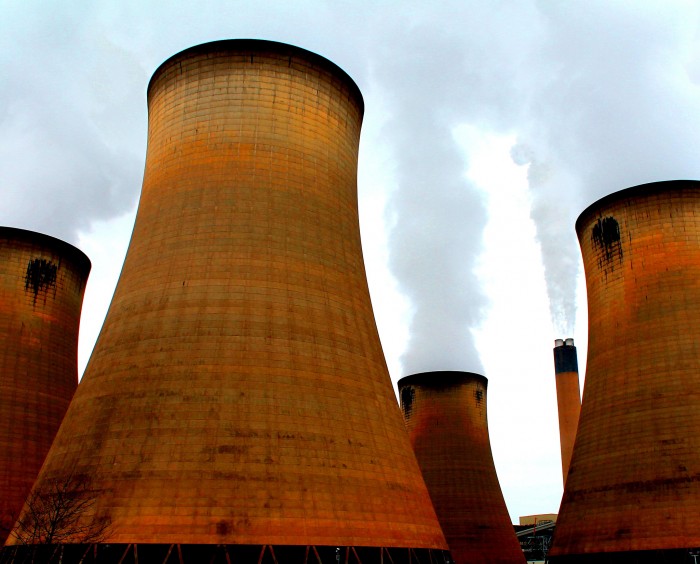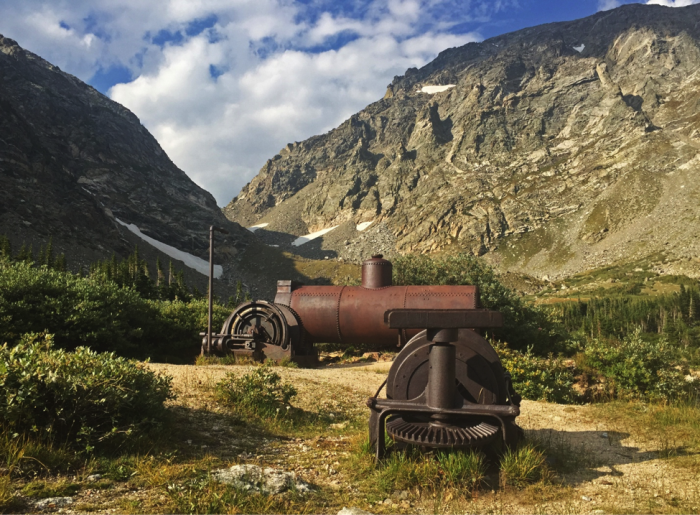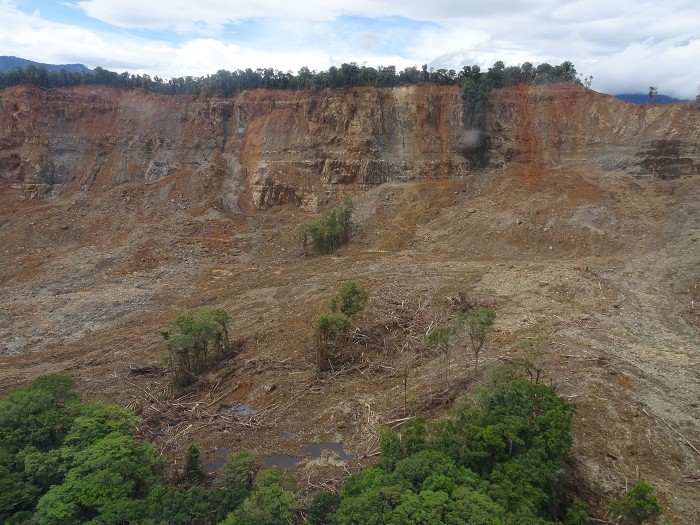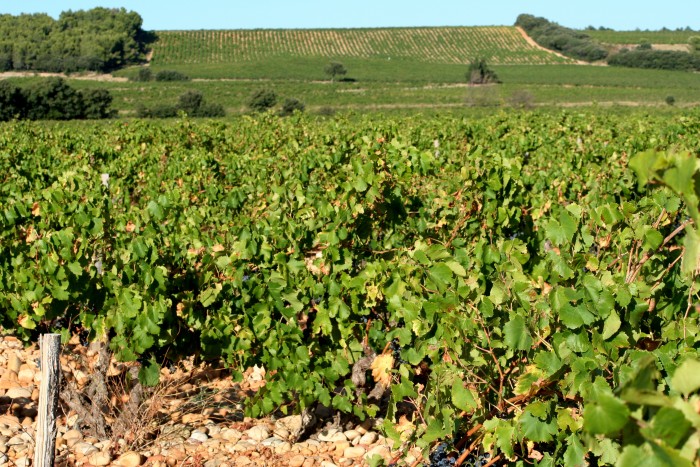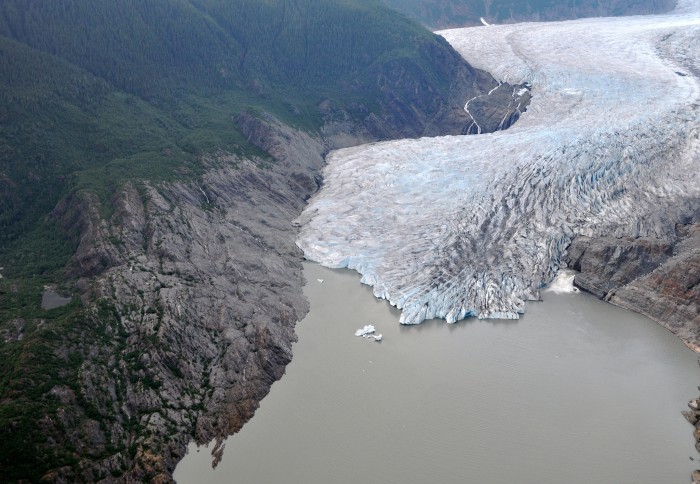The latest Environment and Society featured article is now available! This month’s article—”Extractive Conservation: Peasant Agroecological Systems as New Frontiers of Exploitation?”—comes from Volume 7 (2016). In their article, Anne Cristina de la Vega-Leinert and Peter Clausing analyze to what extent conservation has become an inherent element of extraction. They scrutinize the Land Sparing versus Land Sharing debate by explicitly incorporating environmental justice issues of access to land and natural resources and contend that dominant conservation regimes, embedded within Land Sparing, legitimize the displacement of local people and their land use to compensate for distant, unsustainable resource use.
Visit the featured article page to download your copy of the article today before it’s gone! A new article is featured every month.
